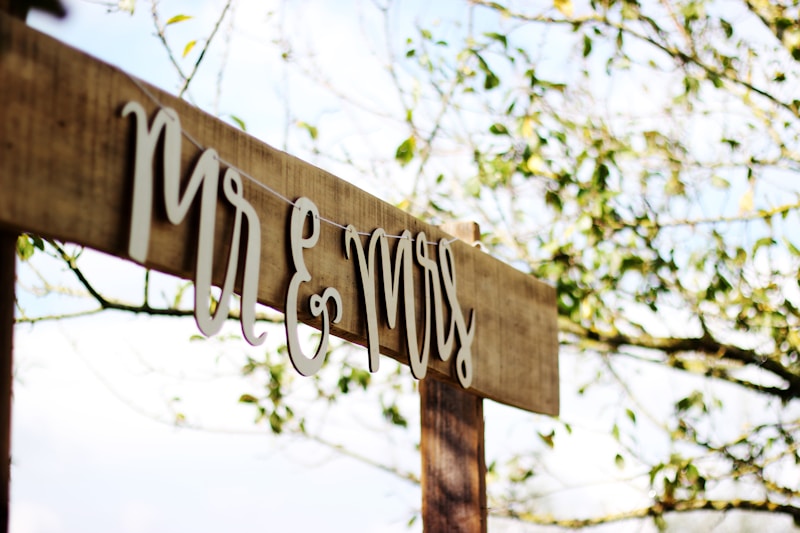Exploring Traditional Family Customs in Vintage Ceremonies: A Journey Through Timeless Rituals
Exploring Traditional Family Customs in Vintage Ceremonies: A Journey Through Timeless Rituals
Introduction
Traditional family customs play an essential role in vintage ceremonies around the globe, encapsulating the essence of a culture's heritage. These customs not only embody the collective identity of a community but also reinforce familial bonds and values. As we explore the rich tapestry of traditional family customs in vintage ceremonies, we'll uncover their significance, variations, and the emotions they evoke.
The Importance of Traditional Family Customs
Traditional family customs serve as a bridge connecting generations, providing a sense of belonging and continuity. By participating in these vintage ceremonies, families celebrate shared history and values, often instilling pride in cultural identity among younger members. Furthermore, these customs are vital for preserving languages, art forms, and beliefs that may otherwise fade away.
Common Themes in Vintage Ceremonies
| Theme | Description |
| Rituals | Structured activities that hold symbolic meaning. |
| Symbols | Objects or words that represent deeper cultural beliefs. |
| Community Participation | Engaging the larger community reinforces social ties. |
| Feasting | Sharing food signifies celebration and unity. |
Examples of Traditional Family Customs in Vintage Ceremonies
Across various cultures, traditional family customs manifest in unique ways during vintage ceremonies. Here are a few noteworthy examples:
1. Wedding Ceremonies
Weddings are perhaps the most celebrated events showcasing traditional family customs. For instance, in a traditional Chinese wedding, the couple follows specific rituals such as the tea ceremony, where they serve tea to their elders. This act symbolizes respect and gratitude while inviting blessings for the new union. Other cultures, like Indian weddings, incorporate elaborate ceremonies lasting several days, filled with music, dance, and vibrant attire.

2. Coming of Age Ceremonies
These ceremonies mark the transition from childhood to adulthood, and they vary widely across cultures. The Jewish Bar and Bat Mitzvah celebrates a child's coming of age at 13 and 12, respectively, highlighting their acceptance of Jewish responsibilities. Similarly, in many African cultures, rituals such as the Maasai warrior initiation symbolize the transition of young boys into adulthood through tests of bravery and endurance.
3. Harvest Festivals
Harvest festivals are another manifestation of vintage ceremonies tied to family customs. In countries like the United States, Thanksgiving is an opportunity for families to come together, express gratitude, and share a meal. Similarly, the Hindu festival of Pongal celebrates the harvest season in South India, showcasing traditional dishes, folk songs, and community gatherings.
The Influence of Geography on Family Customs
The geographical location greatly influences the customs that families uphold during vintage ceremonies. For example, coastal cultures might have fishing-related traditions during ceremonies, while agricultural societies might focus on harvests. Understanding these differences deepens our appreciation of cultural diversity and family bonds.
Modern Adaptations of Traditional Customs
As society evolves, so too do traditional family customs. Many contemporary families incorporate modern elements into their vintage ceremonies while still honoring their roots. For instance, Modern weddings may blend traditional attire with contemporary wedding themes, incorporating technology such as live streaming to include distant relatives.
The Role of Technology in Vintage Ceremonies
In today's digital age, families can document and share their vintage ceremonies online, fostering connections with loved ones worldwide. This blend of tradition and modernity allows families to retain their customs while adapting to contemporary societal changes.
Challenges in Preserving Traditional Family Customs
Despite the importance of traditional family customs, various challenges threaten their preservation. Urbanization, globalization, and cultural homogenization contribute to the dilution or loss of these customs. Families must proactively engage in preserving their heritage by passing down knowledge and practices to younger generations, ensuring that customs remain vibrant and relevant.
Strategies for Preserving Traditions
- Education: Teaching younger generations about family customs through stories, workshops, and participation in ceremonies can instill pride and understanding.
- Community Involvement: Engaging in community-based events and collaborations can strengthen the practice and disseminate knowledge regarding traditional customs.
- Adaptation: Embracing modern techniques while honoring traditions can help make customs more appealing to younger members.
Conclusion
Traditional family customs in vintage ceremonies are invaluable assets that reflect our shared histories and identities. As we continue to celebrate these customs, we must also recognize their evolving nature, ensuring that they remain relevant in today's society. By fostering an environment where traditions are honored, learned, and adapted, families can maintain their cultural heritage while embracing the future. It's essential for families to actively participate in these vintage ceremonies, passing down customs and creating lasting memories that will be cherished for generations. Always remember that the essence of tradition lies not only in the rituals performed but also in the love, respect, and understanding shared among family members.
Lastly, whether you are planning a wedding, a harvest celebration, or a coming-of-age ceremony, consider the historical significance and emotional depth of the customs of your family and community. Engage in these practices with an open heart and a willing spirit, ensuring the legacy of your heritage continues to flourish.
